Stanford’s latest release of its ongoing ‘One-Hundred-Year Study on Artificial Intelligence’ urges a greater blending of human and machine skills.


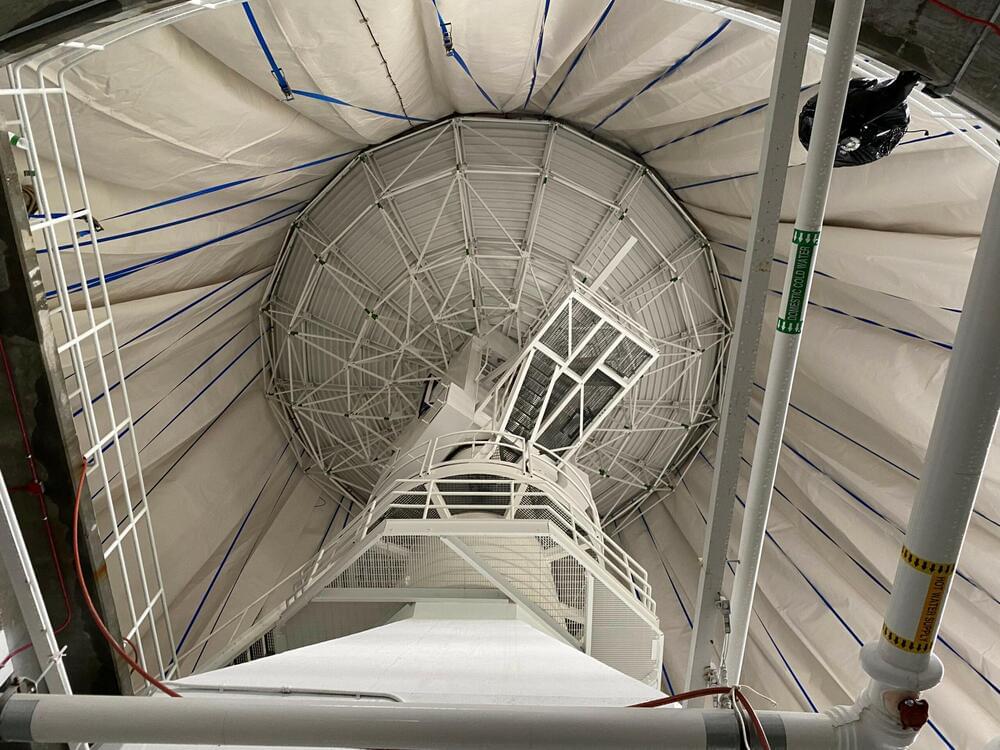
WASHINGTON — The ground stations and tracking antennas the U.S. military relies on to communicate with its satellites — known as the Satellite Control Network, or SCN — are decades old and short of the capacity needed to keep up with the projected growth in space activities.
There are seven SCN sites located in the United States and around the world. About 15 large dish antennas at these sites command more than 190 military and government satellites in multiple orbits.
“Certainly the Satellite Control Network is a venerable system that’s been around for a long time. So we have multiple efforts ongoing to ensure that it’s ready for the future that we now find ourselves in,” Lt. Gen. Stephen Whiting, commander of the U.S. Space Operations Command, said last month at the 36th Space Symposium.

Understanding how electrons move in 2-D layered material systems could lead to advances in quantum computing and communication.
Scientists studying two different configurations of bilayer graphene —the two-dimensional (2-D), atom.
An atom is the smallest component of an element. It is made up of protons and neutrons within the nucleus, and electrons circling the nucleus.
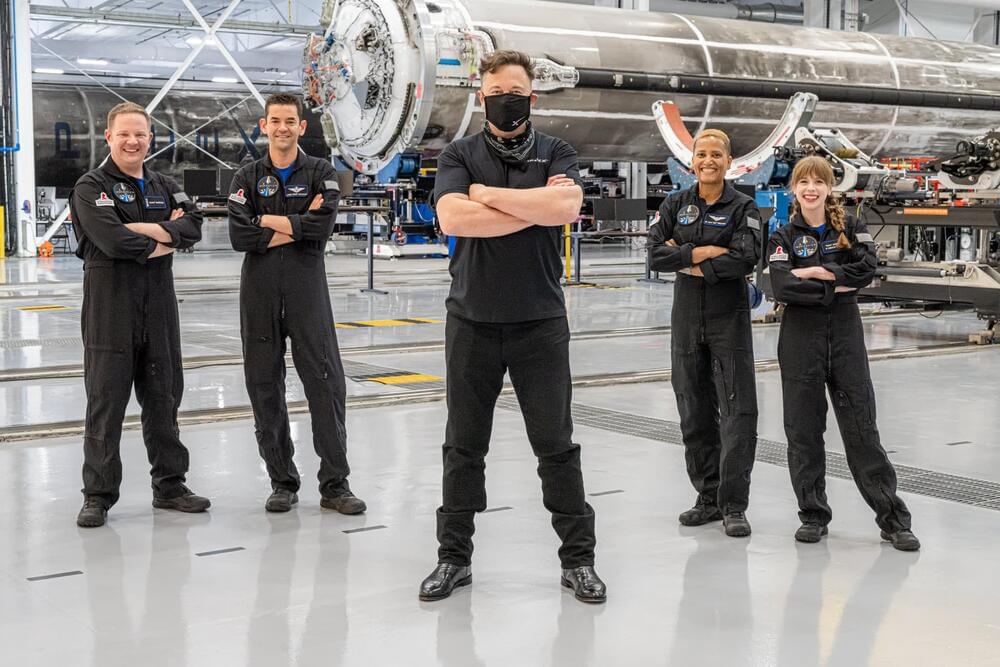
SpaceX CEO Elon Musk helped achieve the St. Jude Children’s Research Hospital fundraising goal of the Inspiration4 spaceflight, just hours after his company returned the crew from orbit.
The main goal of the Inspiration4 mission, which launched on Wednesday and splashed down on Saturday, was to raise $200 million for St. Jude.
Inspiration4 commander Jared Isaacman, a billionaire entrepreneur who purchased the flight from SpaceX, donated $100 million personally to St. Jude. The Inspiration4 mission had raised another $60.2 million in donations, before Musk pledged to contribute $50 million himself – pushing the campaign’s total raised to more than $210 million.
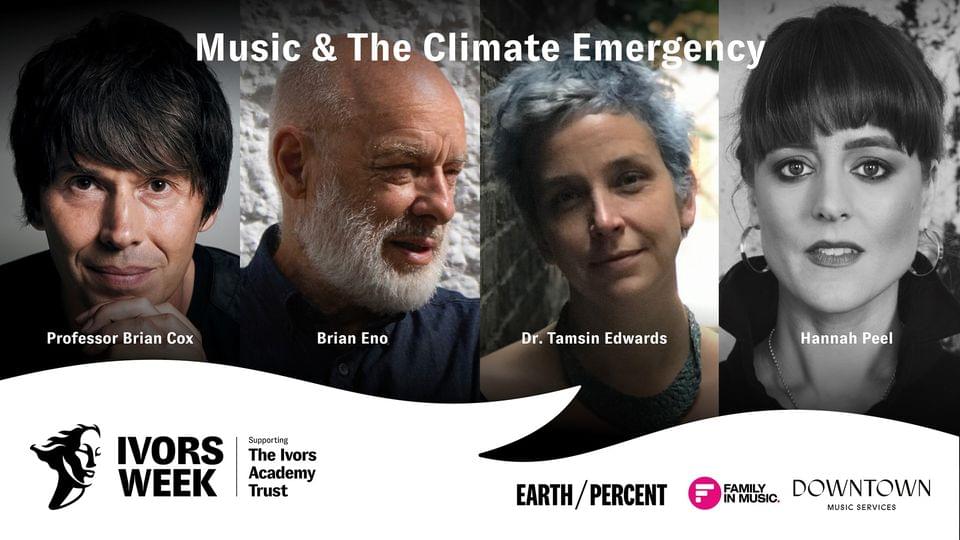
Thu, Sep 23 at 10 AM PDT.
The Ivors Academy Trust presents the David Ferguson Lecture with Brian Eno, Professor Brian Cox, Dr Tamsin Edwards and Hannah Peel.
It has never been more urgent to reflect on the music industry’s impact on the climate.
From streaming to touring, join us this Ivors Week as we explore the industry’s role within the climate emergency.

On Oct. 7 2015, Perimeter Institute Director Neil Turok opened the 2015/16 season of the PI Public Lecture Series with a talk about the remarkable simplicity that underlies nature. Turok discussed how this simplicity at the largest and tiniest scales of the universe is pointing toward new avenues of physics research and could lead to revolutionary advances in technology.
Perimeter Institute (charitable registration number 88,981 4323 RR0001) is the world’s largest independent research hub devoted to theoretical physics, created to foster breakthroughs in the fundamental understanding of our universe, from the smallest particles to the entire cosmos. The Perimeter Institute Public Lecture Series is made possible in part by the support of donors like you. Be part of the equation: https://perimeterinstitute.ca/inspiring-and-educating-public.
Subscribe for updates on future live webcasts, events, free posters, and more: https://insidetheperimeter.ca/newsletter/
Facebook.com/pioutreach.
twitter.com/perimeter.
instagram.com/perimeterinstitute.
Donate: https://perimeterinstitute.ca/give-today
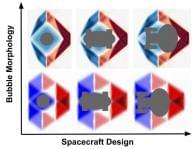
If travel to distant stars within an individual’s lifetime is going to be possible, a means of faster-than-light propulsion will have to be found. To date, even recent research about superluminal (faster-than-light) transport based on Einstein’s theory of general relativity would require vast amounts of hypothetical particles and states of matter that have “exotic” physical properties such as negative energy density. This type of matter either cannot currently be found or cannot be manufactured in viable quantities. In contrast, new research carried out at the University of Göttingen gets around this problem by constructing a new class of hyper-fast ‘solitons’ using sources with only positive energies that can enable travel at any speed. This reignites debate about the possibility of faster-than-light travel based on conventional physics. The research is published in the journal Classical and Quantum Gravity.
The author of the paper, Dr Erik Lentz, analysed existing research and discovered gaps in previous ‘warp drive’ studies. Lentz noticed that there existed yet-to-be explored configurations of space-time curvature organized into ‘solitons’ that have the potential to solve the puzzle while being physically viable. A soliton — in this context also informally referred to as a ‘warp bubble’ — is a compact wave that maintains its shape and moves at constant velocity. Lentz derived the Einstein equations for unexplored soliton configurations (where the space-time metric’s shift vector components obey a hyperbolic relation), finding that the altered space-time geometries could be formed in a way that worked even with conventional energy sources. In essence, the new method uses the very structure of space and time arranged in a soliton to provide a solution to faster-than-light travel, which — unlike other research — would only need sources with positive energy densities.
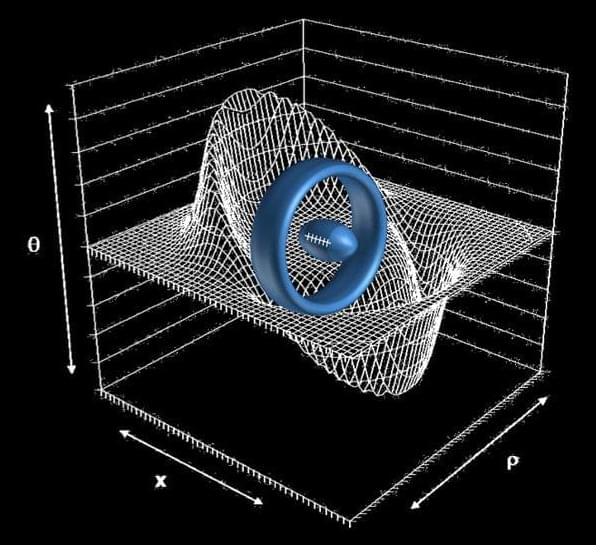
Applying Artificial Intelligence & Machine Learning In Drug Discovery & Design — Dr. Ola Engkvist Ph.D., Head, Molecular AI, Discovery Sciences, R&D, AstraZeneca
Dr. Ola Engkvist is Head of Molecular AI in Discovery Sciences, AstraZeneca R&D (https://www.astrazeneca.com/).
Dr. Engkvist did his PhD in computational chemistry at Lund University followed by a postdoc at Cambridge University.
After working for two biotech companies Dr. Engkvist joined AstraZeneca in 2004. He currently leads the Molecular AI department, where the focus is to develop novel methods for ML/AI in drug design 0 productionalize the methods and apply the methods to AstraZeneca’s small molecules drug discovery portfolio.
Dr. Engkvist’s main research interests are deep learning based molecular de novo design, synthetic route prediction and large scale molecular property predictions, and he has published over 100 peer-reviewed scientific publications.